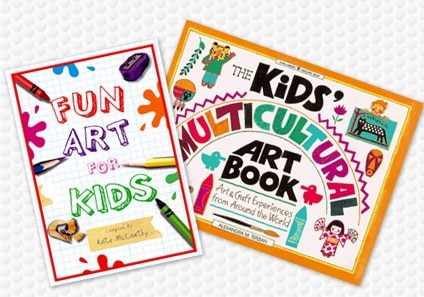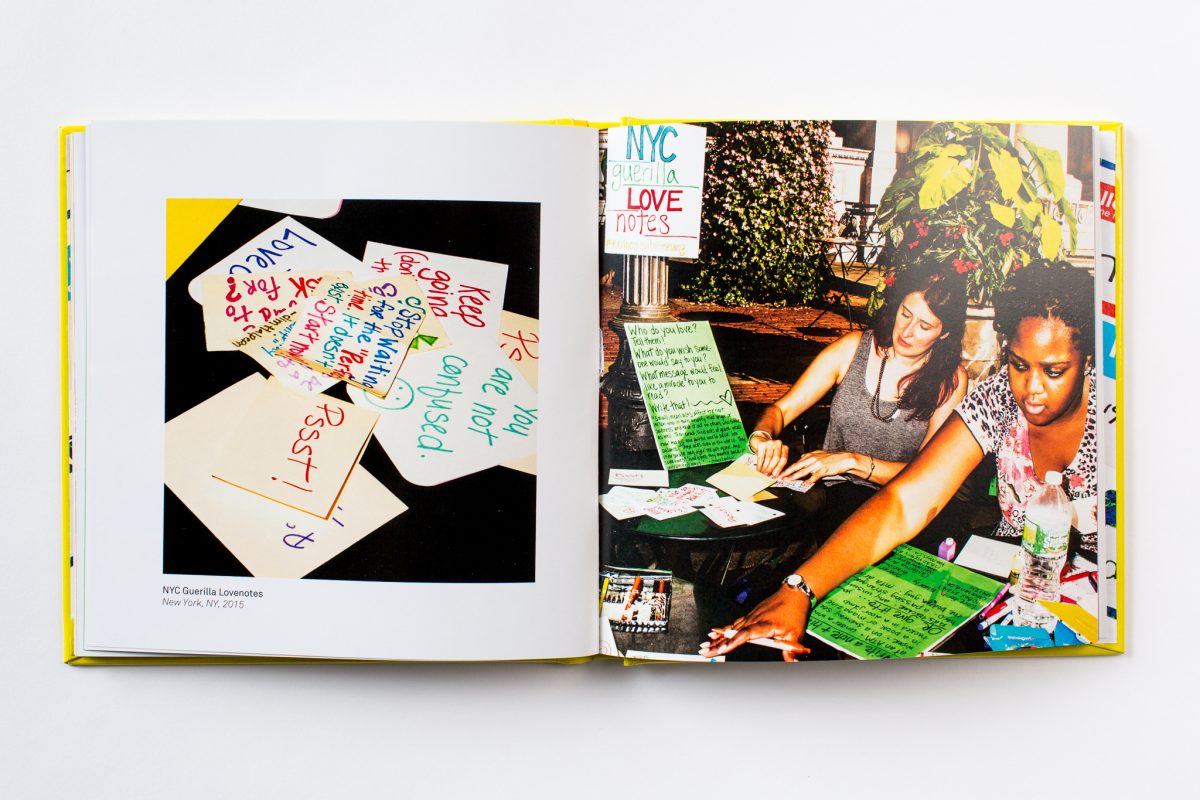How to Achieve Gallery-Quality Results in Your art book Print
How to Achieve Gallery-Quality Results in Your art book Print
Blog Article
Recognizing the Refine Behind Premium Art Book Printing for Art Lovers
When it comes to top notch art book printing, recognizing the intricacies of the procedure can elevate your appreciation for the last product. As you check out the different elements of art book printing, you'll discover insights that could transform your perspective on art conservation and discussion.
The Relevance of Paper Selection in Art Book Printing
When it comes to art book printing, the choice of paper can make or damage the final product. You want your art work to beam, and the appropriate paper improves color vibrancy and detail. Consider aspects like weight, appearance, and surface; these aspects substantially affect how viewers perceive your work.
For example, a heavier supply shares high quality and longevity, while a distinctive coating can add depth to pictures. Smooth paper is outstanding for detailed recreations, allowing great lines and subtle tones to show up crisp.
Don't forget the paper's brightness; a brighter sheet can assist shades pop, making your art extra attractive. You'll also want to think about how the paper communicates with inks and whether it can deal with the printing process without deforming or bleed-through. Eventually, choosing the best paper sets the stage for your art, ensuring it captures the target market's focus simply as you imagined.
Selecting the Right Inks for Lively Reproductions
Choosing the right inks is just as vital as picking top quality paper to accomplish dynamic reproductions in your art book. When you're printing art work, you desire colors that pop and precisely stand for the initial item. Select inks with a high pigment focus; these tend to produce richer and more saturated colors.
You could consider using archival inks, which stand up to fading with time, guaranteeing your art book remains as striking as the day it was published. If you're collaborating with photographs or electronically developed art, pigment-based inks can provide a larger color gamut, improving information and depth.
Do not forget concerning the surface! Matte and shiny inks can considerably alter the look of your artwork, so think of the appearance you're intending to accomplish - art book. Inevitably, the best ink selection complements your paper option, creating a sensational visual experience for your visitors
The Duty of Color Administration in Publish Quality
Color administration plays an essential function in attaining high print quality for your art book. It ensures that the shades you see on your display translate precisely to the published web page. Without effective color monitoring, your vibrant artworks may show up plain or altered, undermining your innovative vision.
To begin, adjust your monitor frequently. This action helps maintain constant color depiction. Next off, make use of color profiles tailored for your printer and paper type. These profiles assist the printer in reproducing colors accurately, decreasing inconsistencies in between electronic and published variations.
When you prepare your files, take into consideration making use of a color space like Adobe RGB or CMYK, depending on your printer's requirements. Constantly proof your job, as well; a test print can disclose any kind of prospective color concerns before the final run. By focusing on color monitoring, you guard the honesty of your art, assuring your audience experiences it as you meant.

Comprehending Different Binding Strategies
Accomplishing the ideal look for your art book exceeds color monitoring; binding methods also play a substantial function in its overall discussion and sturdiness. You have several choices to assess, each with its very own distinct characteristics.
If you're going for a professional feeling, case binding uses a durable alternative with a hard cover, excellent for showcasing your artwork. On the various other hand, perfect binding supplies a flexible back while keeping expenses down, making it a preferred option for softcover publications.
Spiral binding allows your art book to lay flat, which is great for showing photos without obstruction. On the other hand, saddle sewing is optimal for smaller brochures, offering a tidy finish without the bulk.
Ultimately, the binding method you select need to reflect your imaginative vision and exactly how you desire visitors to engage with your job. Make certain to evaluate these alternatives carefully to achieve the finest end result for your job.
The Influence of Print Size and Design on Discussion
While the selection of print size and layout may appear secondary to web content, they substantially influence exactly how your artwork is perceived. The measurements of your prints can either improve or lessen the effect of your pieces. Larger prints can draw customers in, allowing them to appreciate elaborate information, while smaller sized formats here might call for even more intimate engagement.

Conservation Strategies for Resilient Art Books
To guarantee your art books stand the examination of time, it's necessary to execute reliable preservation strategies. Use acid-free storage space boxes or protective sleeves to secure them from dust and physical damages.
When handling your publications, constantly wash your hands or put on cotton gloves to prevent oils and dirt transferring onto the web pages. Avoid flexing or wrinkling the spines; rather, use book sustains when displaying them.
For added defense, consider purchasing archival-quality products for any repair services or enhancements. On a regular basis check your collection for indications of wear or damages, addressing problems promptly. By complying with these straightforward techniques, you can ensure your art publications remain dynamic and easily accessible for years to come, protecting their appeal and worth for future generations.
Collaborating With Printers for Optimal Results
When you prepare to publish your art book, choosing the best printer is vital to attaining your vision. Clear interaction art book concerning your expectations and needs will help guarantee that both you and the printer are on the exact same page. Let's discover just how to make this cooperation as smooth and reliable as feasible.
Picking the Right Printer

Reliable Communication Approaches
Effective communication is crucial for turning your art book vision right into fact, especially when teaming up with printers. art book. Start by clearly describing your task's goals, including style components, preferred products, and any kind of specific printing methods. Do not hesitate to share your inspirations and recommendations; this aids the printer recognize your aesthetic
Set up routine check-ins to review progression and address any type of concerns. Usage visuals, like mock-ups or samples, to communicate your ideas better. Be open to feedback, as printers frequently have important understandings that can improve your task. Preserve a favorable partnership by being respectful and satisfied of their expertise. This collaboration will certainly guarantee that your art book meets your assumptions and beams in its last kind.
Regularly Asked Inquiries
What Prevail Blunders to Prevent in Art Book Printing?
When printing your art book, avoid usual mistakes like inadequate resolution images, inaccurate color profiles, and disregarding page design. Don't forget to check and ascertain details to verify your end product fulfills your expectations.
How Does Digital Printing Differ From Typical Printing Approaches?
Digital printing utilizes digital documents to produce prints directly, enabling quicker turnaround and customization. In comparison, conventional methods involve physical plates, which can be taxing and less flexible for tiny runs or distinct layouts.
What Is the Normal Turnaround Time for Art Book Printing?
The regular turnaround time for art book printing differs, however you can anticipate it to take anywhere from a few weeks to numerous months. Elements like intricacy, quantity, and printing approach all influence this timeline.
Can I Print a Restricted Version Art Book Economically?
You can publish a limited version art book economically by choosing cost-effective products, optimizing print runs, and using electronic printing choices. Mindful planning and budgeting will aid you accomplish quality without spending too much.
What Are the Ecological Factors To Consider in Art Book Printing?
When considering art book printing, you must assume about environmentally friendly products, sustainable inks, and energy-efficient processes (art book). Picking local printers can likewise minimize your carbon impact, making your task both stunning and eco responsible
Report this page